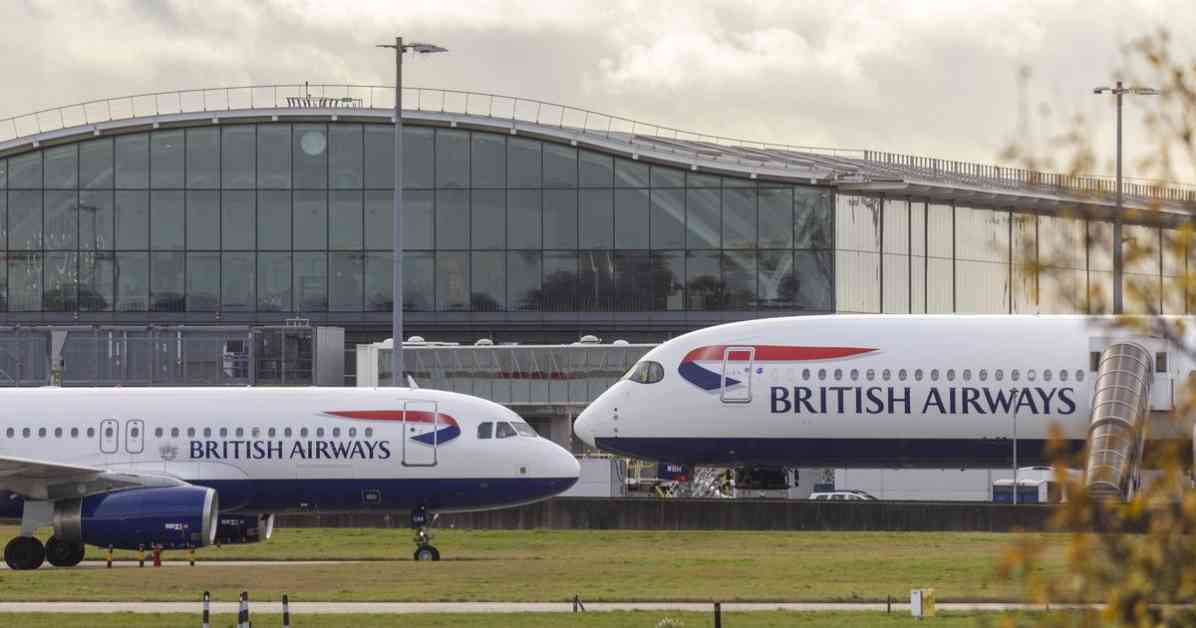British Airways faced a major IT outage that disrupted flights over Europe on November 18. The situation led to a loss of communication between the airline and its flights, leaving pilots in the dark. As a result, planes were unable to take off, phone lines were down, and flights were delayed or canceled.
Passengers across Europe, including those in Hamburg and Lyon, shared their frustrations on social media about being grounded and unable to depart due to the outage. In some cases, pilots could not calculate the weight of cargo, fuel, and passengers, which is essential for flight safety.
Disgruntled passengers were forced to wait on cold runways, with some sharing their experiences on various platforms. British Airways’ customer service was overwhelmed by the number of affected passengers seeking information and compensation.
Heathrow Airport’s Air Traffic Control stepped in to manage inbound flights and assist with getting flights back to base. The British Airways website and app were also affected by the outage, making it difficult for customers to book flights or check-in online.
British Airways issued a statement acknowledging the technical issues and assured that flights were operating, albeit with delays. The airline was working to resolve the IT problem as quickly as possible. The knock-on effects of the delays were expected to be significant, with some flights likely to be canceled due to air traffic control restrictions.
The Times travel correspondent Ben Clatworthy reported that the IT outage was a global issue, with pilots receiving emails confirming the widespread nature of the problem. Passengers at Heathrow Terminal 5 faced growing queues as a result of the disruptions.
Overall, the British Airways IT outage had a significant impact on both passengers and airline operations. The airline’s efforts to restore systems and manage the situation highlighted the challenges faced during such technical failures in the aviation industry.












